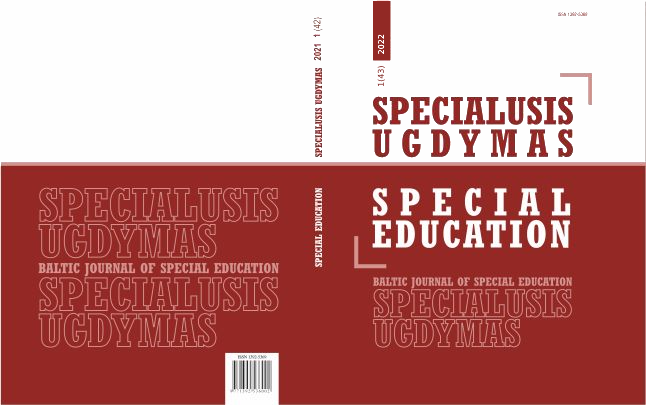The Portrayal of Ishtar in Ludmila Zeman’s Revenge of Ishtar (1993) and Christopher Moore’s Ishtar and Tammuz: A Babylonian Myth of the Seasons (1996)
Main Article Content
Abstract
Ishtar the main female goddess in Mesopotamia in ancient time, her name has an echo in different cultures around the world. Ishtar is the goddess of love, sex and war, she was famous for her contradictory and complexity of her character. Ishtar’s popularity is not limited to adults for there are many authors who retold her stories to children. In this research, two children’s adaptions are studied in details; Ludmila Zeman’s The Revenge of Ishtar(1993), which is based on Ishtar’s account with Gilgamesh in the Great Epic of Gilgamesh and Christopher Moore’s Ishtar and Tammuz: A Babylonian Myth of the Seasons (1996) based on the Mesopotamian literary work The Descent of Inanna. Both adaptations were selected to study Ishtar’s portrayal in children’s literature by comparing and contrasting her description within two different storylines adapted to children compared to the original myths. The researchers concluded that although both Zeman and Moore’s adaptions skilfully portrayed the complexity of Ishtar character as inherited in Mesopotamian mythology, Zeman’s adaptation is more suitable for children.
